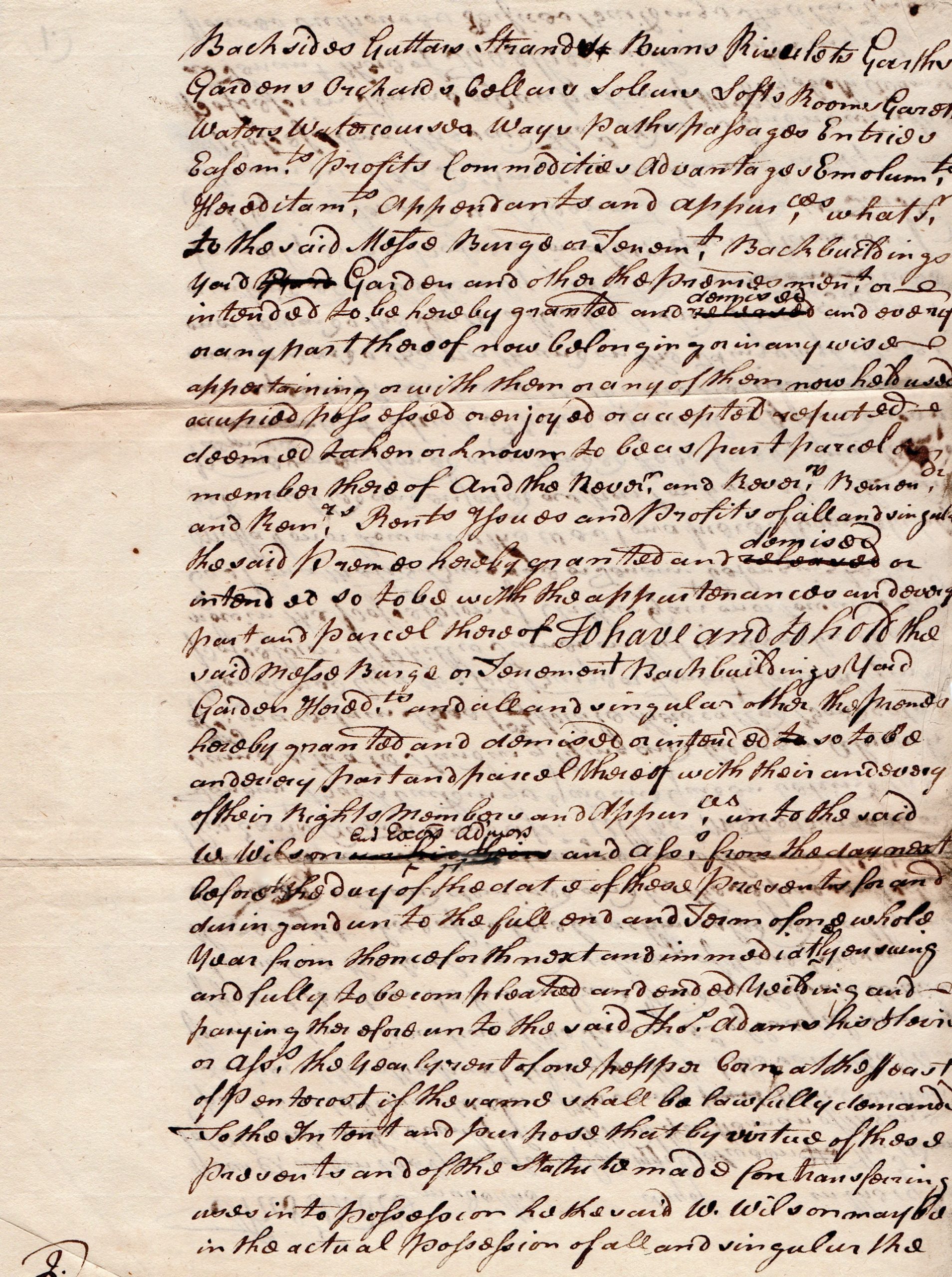The Subsidy Control Act
With the UK’s departure from the EU, legislation to reflect the separation continues to emerge. Karen Stephenson, University Secretary at Birmingham City University, explores what this means for HEIs.


Since the UK departed from the EU, legislation reflecting the separation continues to emerge. The Subsidy Control Act (2022) received its Royal Assent on the 28th April this year. The Act regulates how public bodies make decisions to award subsidies. The Act moves away from EU regulations but maintains compliance with the prevailing EU-UK Trade and Cooperation Agreement (TCA) (30/12/2020) and the World Trade Organisation Agreement on subsidies and countervailing measures.
It appears that the aim is to offer a more flexible regulatory framework while mitigating the potential negative effects on investment and competition which subsidies can have. The Competition and Markets Authority (CMA) is tasked with scrutinising subsidies that public authorities grant.
The Act, Part I, Section 6 states that a “public authority” means a person who exercises functions of a public nature. The Act does not specifically identify universities as public authorities but they are deemed to be public authorities with regard to the Human Rights Act and Under the Freedom of Information Act. It may be reasonable to conclude that they will be considered public authorities within the context of the Subsidy Control Act.
Exemptions
Before reviewing the Act it is useful to note some exemptions to the guidance outlined below. Substantively these include:
- £315, 000 or less
- Subsidies of £725,000 or less provided to organisations with the role of dispatching specified tasks in the public interest. These are referred to as services in the public economic interest.
Both the above are applicable over a rolling period which includes that part of the current financial year which has just passed plus the two financial years prior to the current year.
Some key elements of the Act
Subsidy Control Requirements
The Act defines the term ‘subsidy’: where public authorities (central or local government) provide financial assistance to a business (or other organisation acting in an ‘economic’ capacity) which gives them an advantage over other businesses.
Public authorities are required to ‘self-assess’ the compliance of subsidies they award. This is likely to necessitate an analysis of economic and legal issues which are complex. For example an economic cost benefit analysis would require professional economists and extensive mathematical computations.
CMA Guidance
Particular types of subsidy will be referred to the CMA for advice regarding their compliance with subsidy control requirements. These are intended to be subsidy proposals which present market distortion potential and are categorised as ‘Subsidies Of Interest’ (SOI). Subsidies within this category are submitted to the CMA on a voluntary basis. However ‘Subsidies Of Particular Interest’ (SOPI) are referred on a compulsory basis.
Potential litigation
The Act facilitates private legal challenges to subsidies which will be heard at the Competition Appeal Tribunal (CAT). The CAT will have the authority to instruct public bodies to recover subsidies that have been made and have been deemed unlawful.
Transparency
Private enforcement or litigation of the control rules will be facilitated because public authorities are required to publish subsidy information on a central transparency database. In addition public bodies are required to provide claimants with pre-action information which relates to the public bodies compliance with control requirements.
The ‘new’ subsidy control principles align with the EU/UK TCA. Subsidies should address at least one of the following:
- Cause the least market distortion while achieving an identified policy objective
- Enable funding to make something happen which otherwise would not have happened. This means to change the economic behaviour of an organisation which receives the subsidy
- To have a minimum impact on market drivers of investment/competition. The aim must be to address either market failure or an identified equity issue.
- Contribute to levelling up disadvantages areas
- Employing disadvantaged workers
- Expand the effective availability of public amenities (to those not currently accessing)
In addition all subsidies should produce beneficial effects which outweigh any negative impact they have on investment and market competition. Success might be identified as enabling an improvement in a project’s output, scope bring forward its start date or make it possible for an initiative or project to happen when that may not have been possible prior to the subsidy.
The regulation of the CMA in conjunction with privately driven litigation through the CAT could act as vehicles for moderation. However the Act places the burden of assessing the bona fide nature of a subsidy into the hands of the public bodies awarding the subsidy. The responsibility for undertaking detailed economic analysis and making finely calibrated judgements regarding whether a subsidy is appropriate is placed in the hands of the same body that has taken a decision to award it. The phrase ‘conflict of interest’ may be used here. This could be fertile ground for inconsistency of decision making.
Ultra-Vires subsidies which are likely not to comply with the control requirements / principles include: –
- Those which risk a bidding war between different public bodies or a ‘subsidy race’
- Those which cause an unnecessary impact on different groups. An example of this may be to facilitate youth employment at the expense of older unemployed workers.
- Subsidies which require a business to close down in one geographical area and move to a new area.
- Subsidies which are linked to the use of domestic goods or services rather than imported goods or services.
- Those which are dependent upon the specified export of goods and services.
Final thoughts
It appears that universities will be deemed to be public authorities therefore it would appear that any subsidies they make will be subject to the Act. In addition, any subsidies received from public authorities such as local government will similarly be subject to the Act. This may be particularly relevant for civic universities based in large cities who have traditionally received financial support. UK Research and Innovation, general guidance, funding rules [1] states that the Department for Business, Energy and Industrial Strategy (BEIS) will comply with the Subsidy Control obligations in the UK-EU TCA.
[1] https://www.ukri.org/councils/innovate-uk/guidance-for-applicants/general-guidance/funding-rules/
Related Blogs



